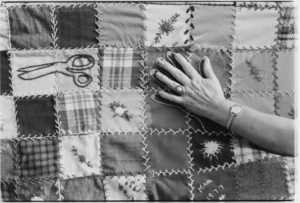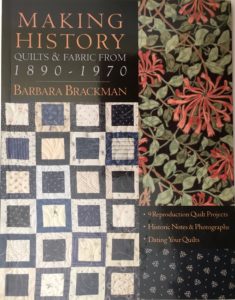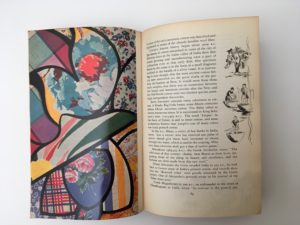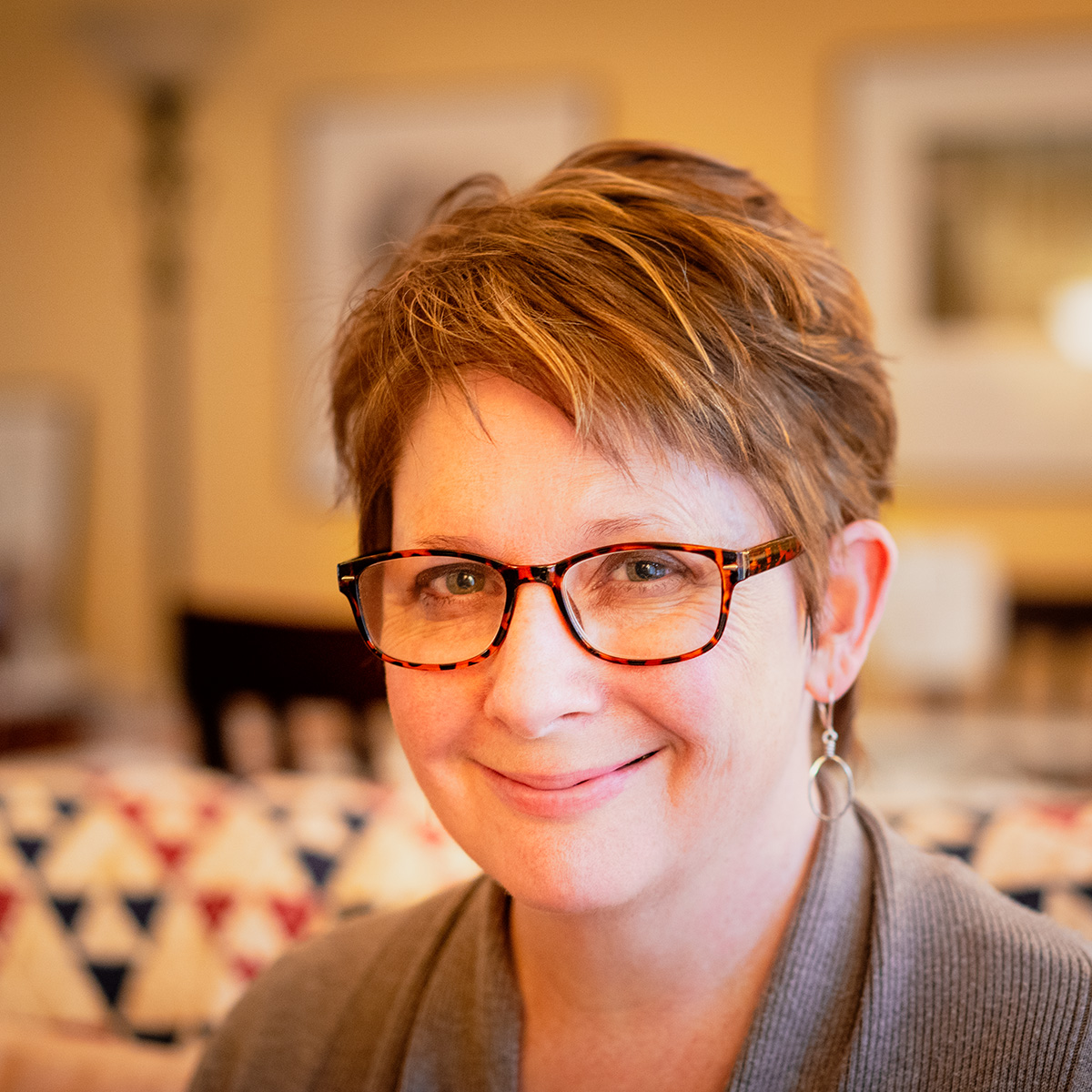In Episode 16, Father Mayfield makes an offer Bess may not be able to refuse.

(LOC photo; it doesn’t really have anything to do with this episode, but I like it)
As I’ve said before, what you’re hearing on the podcast is a first draft of Friendship Album, 1933. I’m a few chapters ahead of you, but not many (this week’s episode covers Chapter 27; I’ve just finished writing Chapter 33). So what happens next in the story is almost as much of a surprise to me as it is to anyone else. I have no planned outcomes, no outline. I have an idea or two, don’t get me wrong, but just today I was writing about Dorothy when a thought popped into my head that totally took me by surprise. If I go through with it, it will definitely change things for Dorothy, for better and for worse.
When I finish up with this cycle of chapters, I will be at the end of Part 2. Although I suspect there will be at least fifteen chapters in Part 3 (the novel’s final part), which means a lot more chapters for me to write before I’m done, I’m already thinking about revisions. When I rewrite Friendship Album, 1933, I’d like to get even more in there about the quilting business during the Great Depression–so many interesting things were going on! Right now I’m winging it a bit when it comes to Milton Falls Quilting Company, and I’d like to be more authoritative when it comes to starting up businesses in the 1930s. I’d also like to know more about textile manufacturing.
Just today I started looking at two books to learn more about fabric manufacturing. Barbara Brackman’s Making History: Quilts and Fabric from 1890 to 1970 is a book I have in my collection and read several years ago, and I don’t know why it only occurred to me just this morning that it might have helpful information that would aid me in making Florence’s business seem legit. Sure enough, I was able to find the names of several fabric manufacturers that Florence might have bought fabric wholesale from. Thanks, Barbara!

Another book I’m enjoying is called America’s Fabrics by Bendure Pfeiffer, published in 1946. It has histories of fabrics, from cottons and wools and linens to silks and rayons, how these fabrics are made and in some cases how you can make them yourself. My favorite chapter heading: Minor Vegetable Fibers (these would include hemp, jute, ramie, kapok, sisal and coir, in case you were wondering). Very interesting stuff!

A final, quick note a little (but not entirely) unrelated to the podcast: I was recently interviewed for the Just Wanna Quilt podcast. If you’re interested in hearing my thoughts about writing, quilting and the creative process, give it a listen! https://www.justwannaquilt.com/podcast


